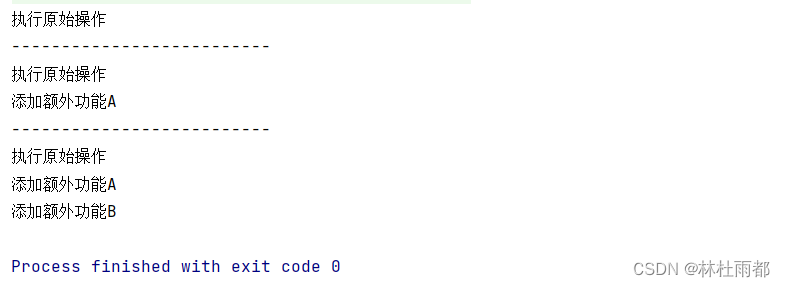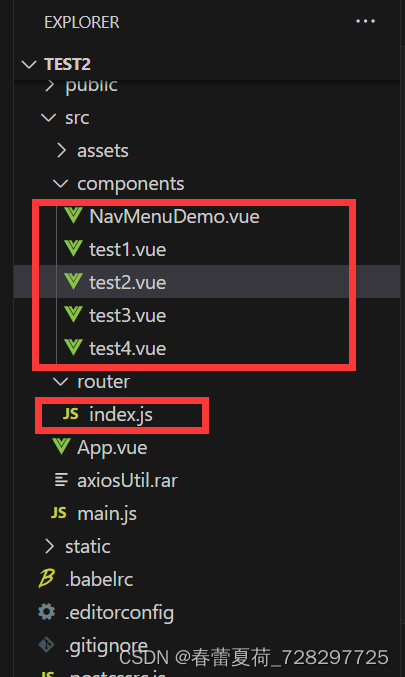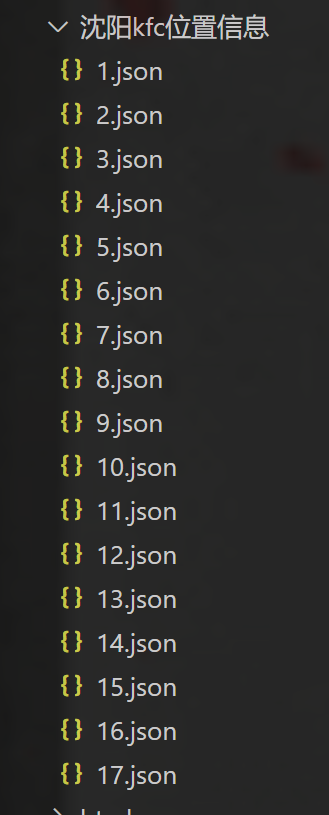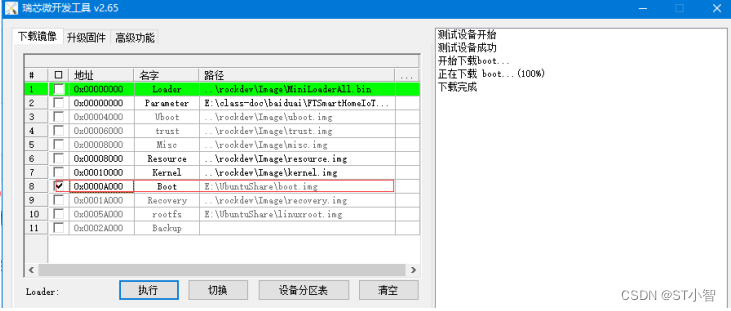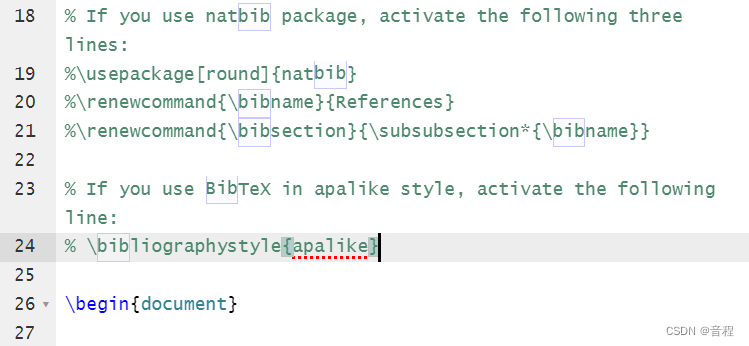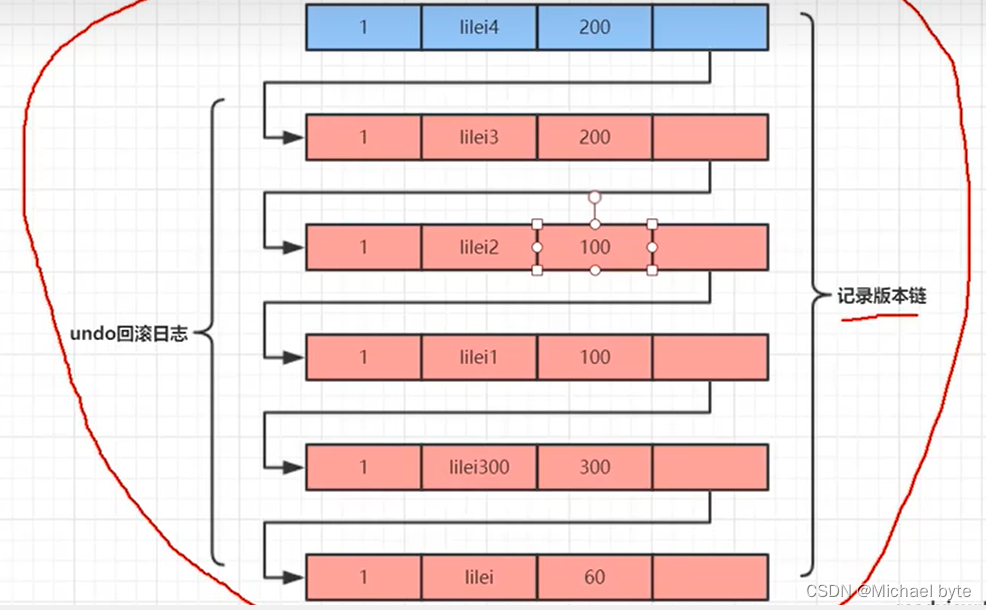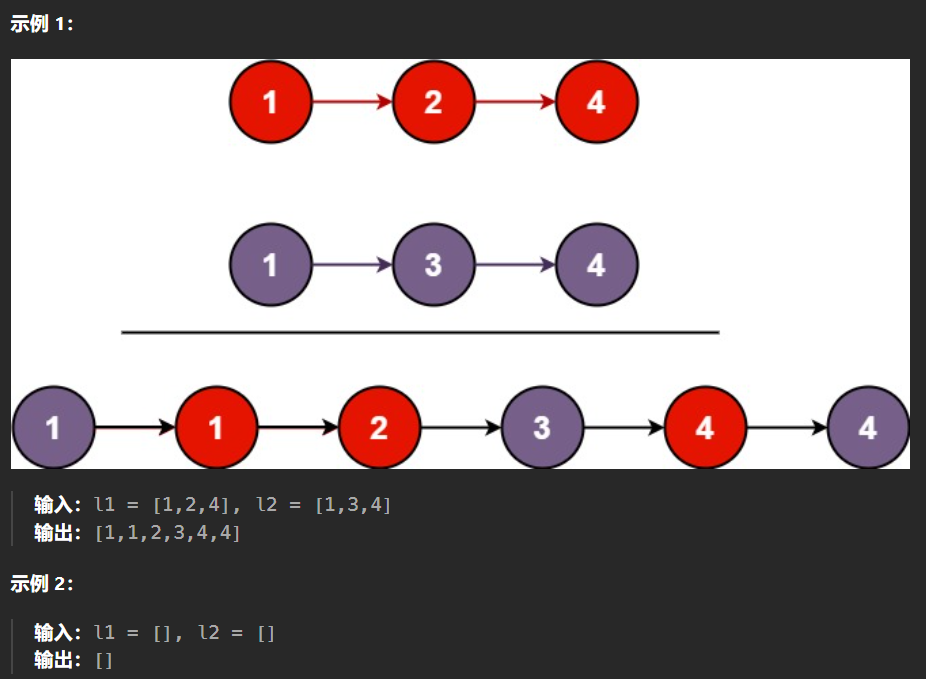装饰器模式(Decorator Pattern)是一种结构型设计模式,它允许你动态地将对象添加到现有对象中,以提供额外的功能,同时又不影响其他对象。
实现示例
1.定义一个接口或抽象类,表示被装饰对象的公共接口
//抽象类组件类
public interface Component {
void operation();
}
2、创建一个具体的实现类,实现该接口(也就是初始功能的类)
//具体组件类
public class ConcreteComponent implements Component {
@Override
public void operation() {
System.out.println("执行原始操作");//原始功能
}
}
3、创建一个装饰器类,实现与被装饰对象相同的接口,并持有一个对被装饰对象的引用
//装饰器类:指向抽象组件引用
public abstract class Decorator implements Component {
//引用:抽象组件
protected Component component;
public Decorator(Component component) {
this.component = component;
}
@Override
public void operation() {
component.operation();//原始功能
}
}
4、创建具体的装饰器类,通过在装饰器类中添加额外的功能来扩展被装饰对象的行为(添加新功能)
//具体装饰器类A
public class ConcreteDecoratorA extends Decorator {
public ConcreteDecoratorA(Component component) {
super(component);
}
@Override
public void operation() {
super.operation();//原始功能
System.out.println("添加额外功能A");
}
}
//具体装饰器类B
public class ConcreteDecoratorB extends Decorator {
public ConcreteDecoratorB(Component component) {
super(component);
}
@Override
public void operation() {
super.operation();
System.out.println("添加额外功能B");
}
}
5、使用新功能(既能使用使用原始功能、也能使用新功能)
public class Main {
public static void main(String[] args) {
Component component=new ConcreteComponent();
//执行原始操作
component.operation();
System.out.println("--------------------------");
//执行额外操作A(包含原始操作)
Component componentA=new ConcreteDecoratorA(new ConcreteComponent());
componentA.operation();
System.out.println("--------------------------");
//同时执行额外操作A和B(嵌套)
Component componentB=new ConcreteDecoratorB(new ConcreteDecoratorA(new ConcreteComponent()));
componentB.operation();
}
}
输出结果展示
